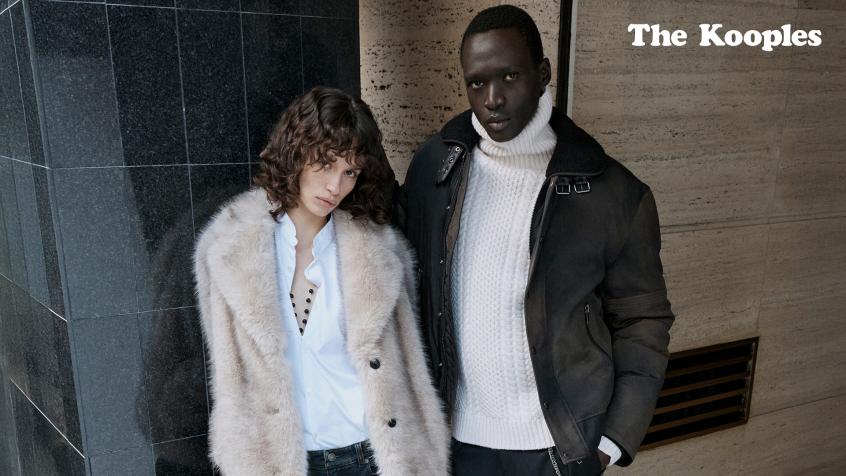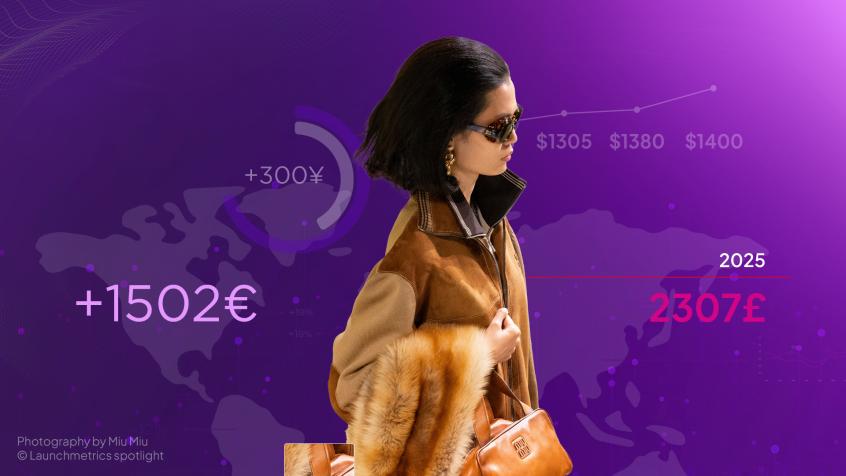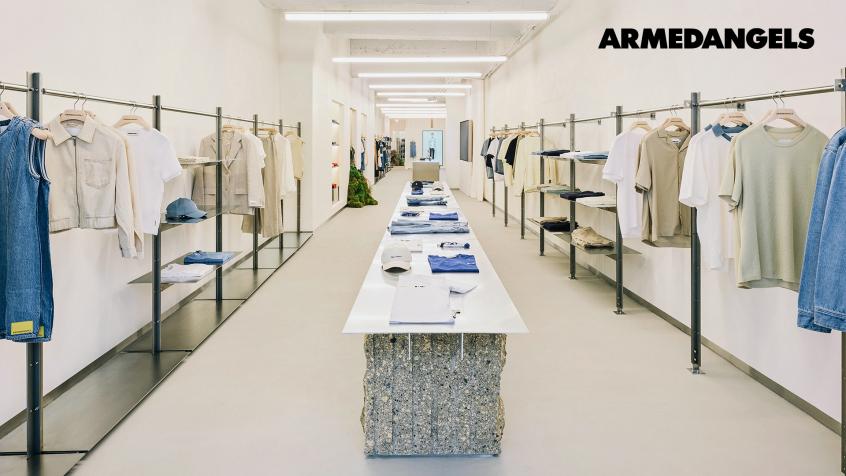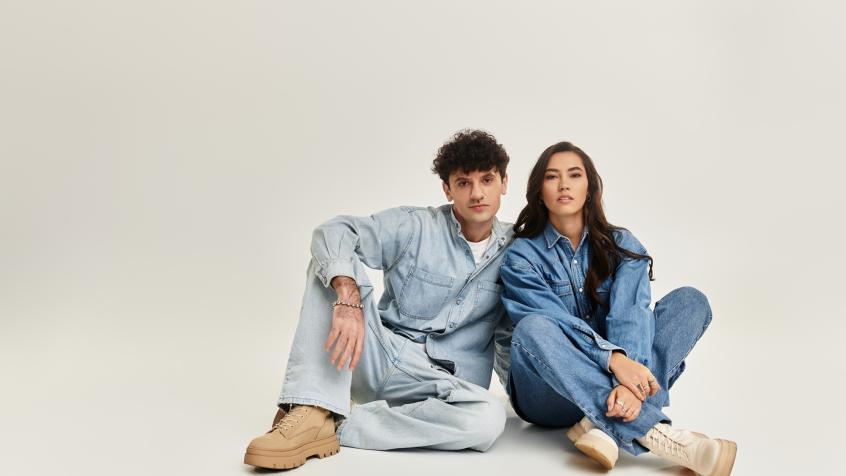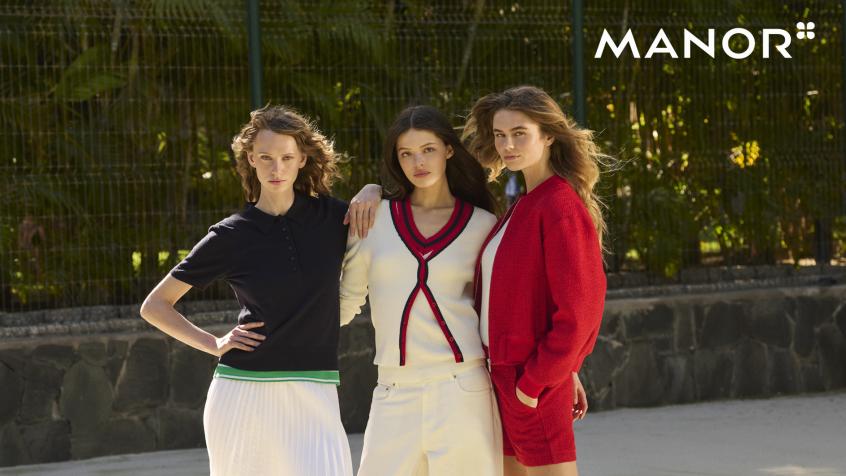How are accessible luxury brands tackling inflation?
Price increases across markets.

Key takeaways
- Brands are launching more aggressive discounts compared previous years.
- Prices have increased more within accessible luxury brands in the US than in the European and UK market. Dresses and shirts are exhibiting the strongest price hikes.
- Tory Burch, on average has increased its prices more than Stella McCartney.
Price increases across markets
Inflation has reached a 40-year high, and where the mass market sector has been heavily impacted, luxury continues to grow. However, inflation is catching up to the accessible side of luxury, as leading brands are experiencing a slowdown. Shoppers are starting to limit spending on luxury, begging the question of how the industry’s leading accessible luxury brands are managing price hikes and how brands can access the data behind competitors’ strategies to optimize performance without sacrificing their margins.
For leading US accessible luxury brands such as Michael Kors, Tory Burch, Coach and Kate Spade, Retviews’ data show that in the accessible luxury sector, prices in general have increased most aggressively within the US market, with a 36% increase YoY. Comfortably increasing prices, accessible luxury brands have not been faced with declines in demand thus far. However, the North American market is now experiencing a demand slowdown for affordable luxury, highlighting the impact of the price increases across the sector.
Pricing internationally
Travel and social gatherings are back in full swing, which evidently means that high-end consumers have been taking advantage of the post-pandemic phenomenon of revenge shopping, helping soften the blow of inflation on luxury brands. Although higher-end consumers’ demand has been less sensitive to price shifts thus far, brands on different sides of the luxury spectrum are now faced with contrasting consumer behavior. So how are accessible luxury brands at different price points increasing prices this year?
Thanks to Retviews data, it’s easy to spot a pattern in pricing strategies within the accessible luxury sector. Stella McCartney and Tory Burch both have smaller price hikes in their country of origin. For Stella McCartney, the UK had the smallest price increase, standing at 10% YoY, whereas its collections’ prices increased the most within the US market. US brand Tory Burch similarly had the smallest price hike in its base US market, of 15% YoY, whereas its collections’ price increased most in the EU market, at 26% YoY. Higher price increases abroad could be attributed to recent supply chain disruptions, and the import duty and freight cost increases.
Although recession is a distant fear for high-end luxury, accessible luxury brands are feeling the pinch, which could be a contributing factor to why accessible luxury brand Tory Burch, on average has increased its prices more than Stella McCartney. Tory Burch could be trying to go higher upmarket and improve brand value perception, thus targeting high income shoppers who are likely to continue spending on luxury in times of inflation and recession.
Consumer demand is weakening in the accessible luxury sector. The Real Real has indicated that consumers are beginning to trade down to cheaper options, and Capri is expecting a decline in revenue, a decline which is driven by Michael Kors, the group’s cheapest brand.
Where are fashion leaders increasing their prices?
Consumers are heading back to the office and back to events, after over 18 months of working from home. This means that their priorities are going to shift, and they are gravitating more towards formal and office apparel, inching away from casualwear.
Comparing 2022 to 2021, Retviews’ data show that for leading accessible luxury brands within the US market, dresses and shirts are exhibiting the strongest price hike, at 46% and 35%, respectively. A strategic move from accessible luxury brands, as consumers are likely to continue spending on these categories and limit spending on casualwear.
Knowing where to increase prices and by how much is key to tackling price inflation, and this not only for the luxury side of the fashion industry, but across mass, premium and luxury fashion. Dive into Retviews’ report on how brands can take on inflation, the inventory glut and recession, and see how the industry’s leading brands are staying ahead of the curve, and how your brand can too.
Targeting higher income shoppers
Leather goods is a crucial category for the luxury industry, which begs the question of how leading accessible luxury players are increasing their prices in the category?
Retviews’ data show that compared to 2021, brands have significantly increased their prices on leather goods, placing a larger amount of their assortment at a higher price point. Kate Spade for example, increased its assortment share of leather goods in the $200 - $399 price range by 45% YoY. Tory Burch on the other hand, doubled its share of leather goods in the $600 - $799 range.
Torn between the incoming promotional environment and the risk of eroding brand image
As stated by two fashion leaders Tapestry and Ralph Lauren, the selling environment has become more promotional, meaning that brands are launching more aggressive discounts compared previous years. This can be attributed to brands trying to gain back the revenue from aspirational shoppers and get rid of the inventory glut caused by supply chain disruptions.
However, deciding by how much to discount is essential for accessible luxury brands as discounting too much will erode brand image and destroy the added luxury value. This is why using AI-powered data is essential for brands to stay on top of the competition. Fashion’s leading brands are using Retviews, the automated market intelligence platform for this exact reason, to get an in-depth look at competitors’ strategies and best position their own brand on the market.
As shown by Retviews data, Tory Burch and Stella McCartney have very different discounting strategies, which are directly linked to each brand’s positioning, Stella McCartney standing on the higher-end side of the market, compared to Tory Burch. With a lower average price, Tory Burch discounts much more of its collection at a higher rate, on average across international markets.
Tory Burch is using different discounting strategies between regions: for both the EU and the US it has a lower average discount rate compared to the share of discounted items.
Zooming in on Retviews data shows that in 2022, April and October are the months in which Tory Burch has discounted the most in the US. The reason behind high October discounts is that this year, consumers are doing their holiday shopping earlier than ever.
Brands have been discounting more in 2022 than 2021, having a higher assortment share, discounted at higher rates than the previous year.
As shown by Retviews’ data, brands are discounting more items at higher discount rates. Michael Kors’ assortment share of items not on sale has decreased by 14% YoY, whereas the amount of items in the 40%-50% discount bracket has increased by 20%. In addition to that, the share of assortment in the 60%-70% discount bracket has increased by 25%.
Don’t fear recession with Retviews
How and where are fashion brands increasing their price? How are leading brands tackling price inflation? What does the inflation landscape look like for each industry segment? How do mass market and premium brands fare next to luxury players? Dive into Retviews’ latest report to find out how fashion’s leading brands in each sector are staying resilient to recession and what lies behind their strategies.
Use the Retviews platform to benchmark your offer against your competitors
Related Content
